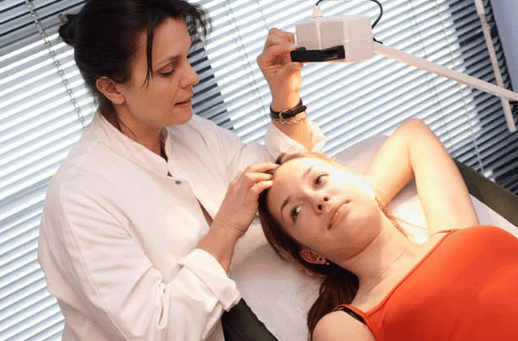## Skin HIV-1 and HIV-2 Symptoms
The human immunodeficiency virus (HIV) significantly impacts the immune system, often manifesting physical symptoms that are especially noticeable on the skin. These symptoms frequently include rashes and blisters and are quite prevalent among those infected with HIV, primarily around the neck and face.
HIV-1 and HIV-2 are two variants of the virus. Despite being chronic conditions, effective treatment can enable individuals with these infections to live long, healthy lives.
So, what specific effects do HIV-1 and HIV-2 have on your skin? What symptoms should you look out for? Continue reading to learn more.
## **Understanding Skin HIV-1 and HIV-2 Symptoms**
Skin-related symptoms from HIV-1 and HIV-2 may occur either early or later in the infection. Approximately 90% of people with HIV will experience some form of skin change at some point. Often, these skin issues are among the first signs of HIV infection.
However, with proper viral management, skin complications have become less common and less severe, making them easier to treat.
Here are some common skin symptoms associated with HIV-1 and HIV-2:
**Rashes:** HIV rash, one of the most prevalent symptoms, usually appears as a red, flat area on the skin with small bumps. It can also result from medications prescribed for HIV treatment.
**Shingles:** Shingles manifest as painful, blistering rashes similar to water blisters. A compromised immune system, from untreated HIV or advanced-stage HIV, can increase the risk of shingles. Severe complications are more probable when the patient has a low CD4 cell count and a high viral load.
**Lesions:** Skin lesions, which can appear as lumps or patches differing from the surrounding skin, may also arise. These usually heal within one to two weeks and can be triggered by various factors, including HIV.
## **What Does HIV Look Like on the Skin?**
Whether caused by an [HIV medication](https://bridgecanhealth.com/product-attribute/treats/hiv/) or the virus itself, the rash generally appears as a red, flat area covered with small red bumps, which might be itchy and painful.
HIV can lead to various other rashes that differ in appearance. These rashes might be directly related to the HIV infection or indirectly caused by medications, other conditions, and health issues. Identifying the timing and causes of these rashes is critical, as some may indicate a more serious underlying health problem.
If you observe any unusual rashes and suspect you’ve been exposed to the virus, it’s crucial to get tested for HIV immediately.
